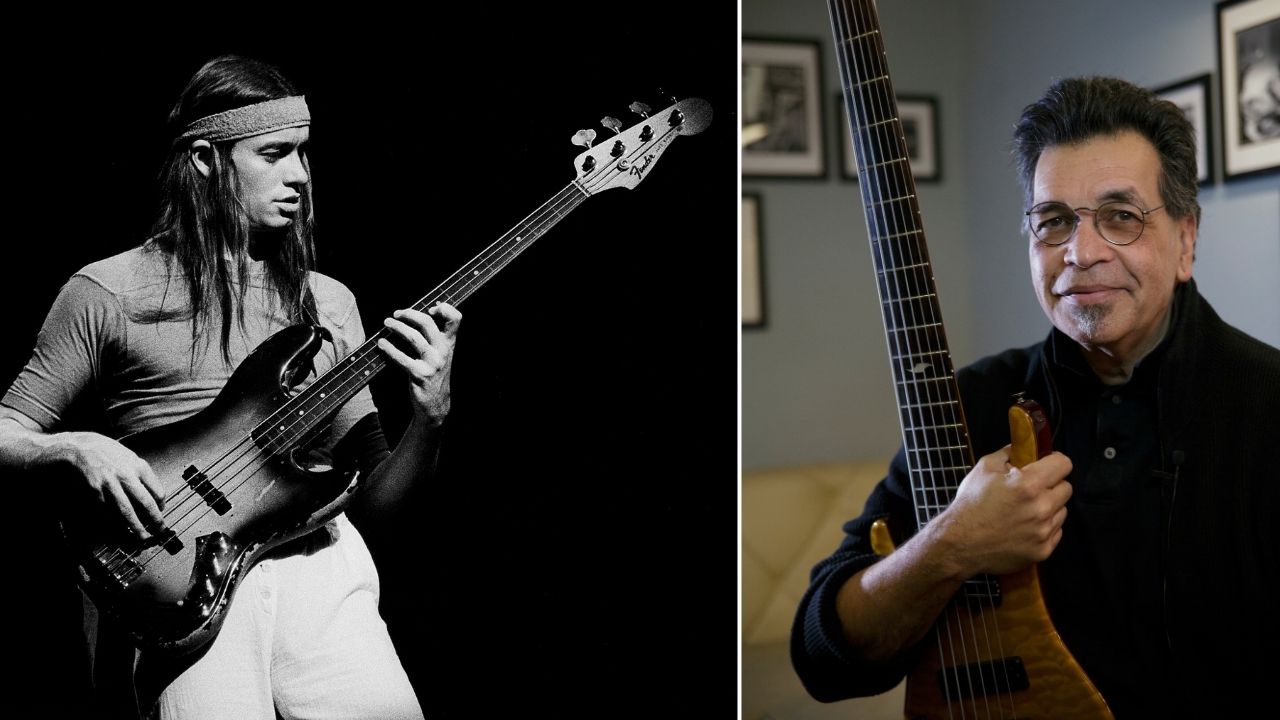The In-Laws: When It's Time to Post a Video, Shoot for a Live Performance

As a musician, nothing lifts you up and transports you to a higher plane than performing a song that a live audience reacts to.
The song could be a “hit” of your own composition. It could even be a great version of a “classic.” The reaction could be to a great live performance of a song you've played many times, but on that particular day (or night), something clicked.
However, one does not get into such a position of receiving those accolades just by showing up. Unlike trophies handed out to kids’ sports teams just for participating, simply showing up for the performance isn't good enough. Those “participation” trophies just do not have any meaning unless you have truly earned them.
The same goes for live performances. You have to earn that level of reaction. Conviction and passion in one’s playing cannot be faked — unless it is “air” guitar, in which case faux passion and zany expressions are required. One cannot complain about the cost of capturing visual images anymore; there are great performances filmed on cell phones all over YouTube.
So much of what counts for live performance on YouTube is actually the mere editing of a studio musical performance within live footage. A web audience cannot truly know if it you are capable of delivering your type of material in an evocative fashion with just a dubbed video.
So there's a real marketing component here. We have all seen the videos of metal bands performing with unplugged instruments in the: 1. graveyard, 2. junkyard, 3. dockyard; or the country band performing with unplugged instruments on 1. railroad tracks, 2. farm tracts (complete with background silo), 3. desolate highway tracts ... .
If you can — and your career as a performer might depend on it — show a worldwide audience what you are capable of and post a great live performance.
All the latest guitar news, interviews, lessons, reviews, deals and more, direct to your inbox!
Prior to forming Bienstock & Michael, P.C. 25 years ago, Ronald S. Bienstock was editor-in-chief and publisher of International Musician & Recording World and served as General Counsel to Hoshino, U.S.A. (manufacturer of Ibanez Guitars, electronics and Tama drums). In 1991, Ron was voted one of the top 100 "Most Influential People In The Music Business" by BAM Magazine. Bienstock & Michael’s practice serves a broad spectrum of clients throughout the entertainment and musical instrument industries, specializing in the fields of intellectual property, business matters and litigation. Ron teaches Entertainment Law as an adjunct professor at New York University and is a frequent guest lecturer for graduate and undergraduate schools at NYU. Ron has been a music business commentator for NPR, WBAI, Barely Legal Radio, Tech TV and CNN. He has been a guest lecturer, instructor and panel moderator for BMI, ASCAP, CMJ, NEMO, SXSW, NAMM, PMA, RPMDA, the Florida Music Conference, Miami Music Conference, Atlantic Records’ A&R University, the New York State Bar Association (NYSBA), the New Jersey State Bar Association, The Benjamin Cardozo School of Law, St. John’s School of Law, Rutgers School of Law, Seton Hall Law School, Ithaca College and other organizations and universities.
Photo: Nique Prokop
